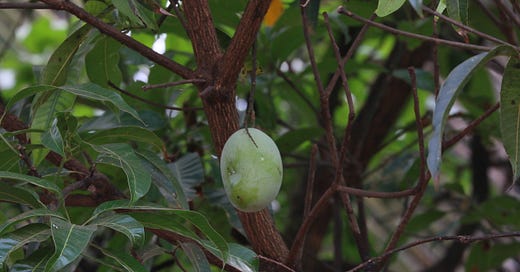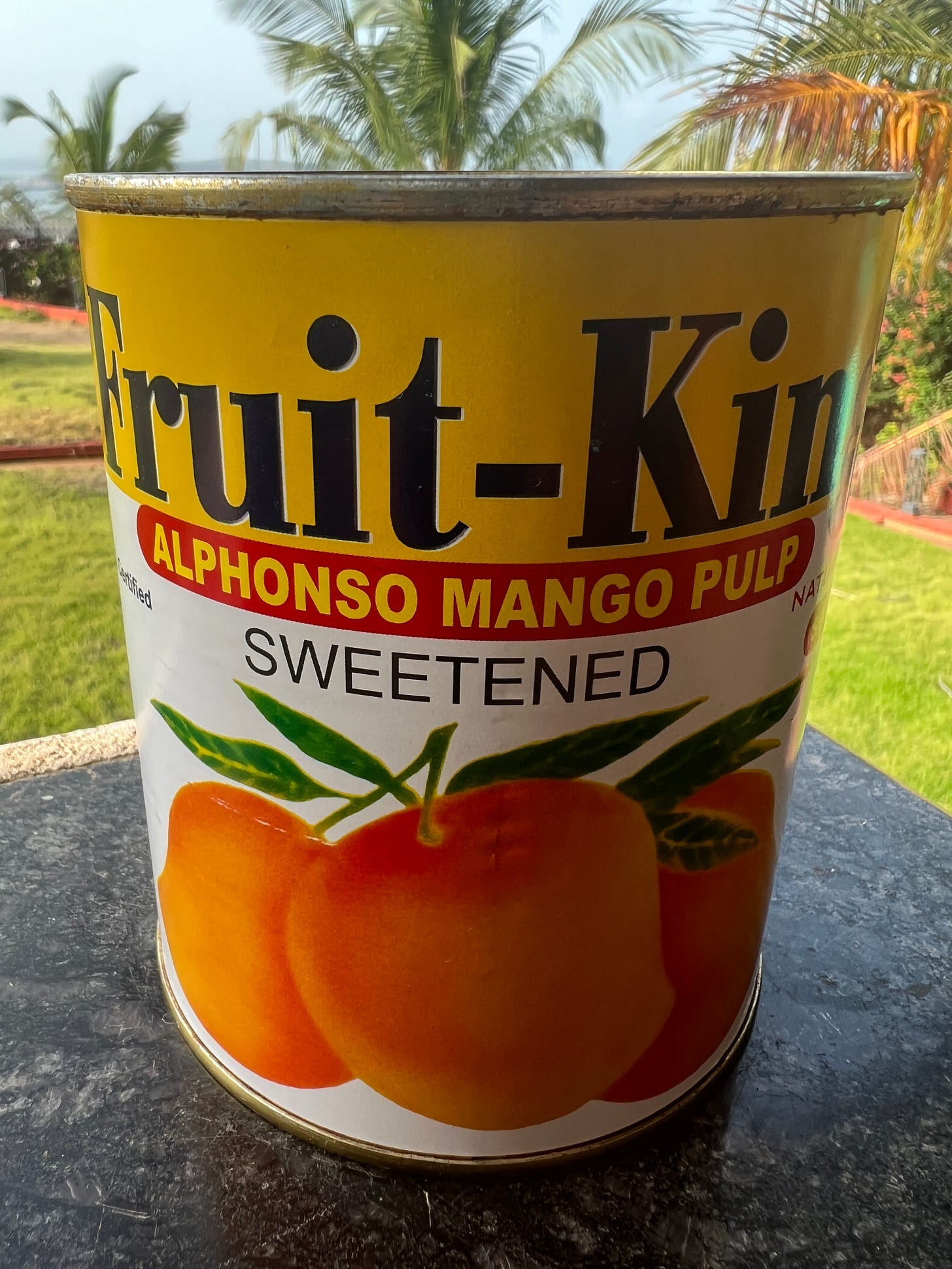Is it too early to long for the Mango?
Few things give Indians more spring pleasure — when climate change isn’t interfering.
Among those who have lived in India, I doubt I’m alone in beginning to hanker for mangoes around this time of year.
It’s far too soon, of course. And I sincerely apologize to those trying to keep thoughts of this most delicious of all fruit at bay for voicing this yearning aloud so prematurely, but….in a few short months, they will arrive, luscious and ripe.
If, that is, climate change doesn’t get in the way, again.
A year ago as I made my way through India, a record spring heat wave enveloped the country. I wrote about it here. The spike in temperatures severely damaged India’s mango crop, cratering the income of many thousands of farmers in the country’s mango growing regions. Tens of millions of mango lovers were left without their favorite early summer treat, or paying ultra-premium prices for what survived.
India is the world’s largest grower of mangoes, and has been for a very long time. Amir Khusrau, a renowned Mughal era Indo-Persian poet, called them “the fairest fruit of Hindustan.” The roughly 40% of the world crop India produces today includes over 1,000 varieties.
Climate change has hit mango orchards in several ways. Sporadic rains now sometimes extend into December — well past the end of the traditional monsoon, a climate trend we looked at in my last post. That frequently delays the flowering of mango trees from the usual November and December until January, which pushes the ripening of the mangoes past March and into May and even June. Thus the harvest crosses into the ensuing year’s monsoon, which begins in June and causes fruit to rot before it attains maximum ripeness.
Last year, though, the big problem wasn’t late rains, but rather the early heat. Hot weather in March and April gives mango sun stroke. Development of the soft, sweet tissue we so love is retarded, the flesh of the mango left brown and mushy.
Argh! Those who have peeled a seemingly luscious mango with anticipation only to discover this unpleasantness, you know exactly what I’m talking about.
So disappointing!
The travails of the mango are a reminder that even as climate change threatens existential damage in so many ways — to everything from parasites to whole countries and ecosystems, conceivably even our species one day — it also threatens right now many small things that make life worth living. We can survive without mangoes. But, as with so many things climate change is altering and will soon alter much more, the magnificent diversity and sheer pleasures of the planet are already shriveling.
Sometimes we feel the impact more in the small things, like the sweetness of mango.
Near the city of Ratnagiri, I visited with Vivek Bhide, a local physician and one of the area’s bigger mango farms owners. Bhide’s family has been in the business for generations. He worked hard helping to get the area formally recognized by the Indian government as the sole home of the sweetest, juiciest, melts-in-your-mouthiest mango variety. This would be the Alphonso, aka The King of Mango.
The irony is that just when Bhide and other farmers of the area received the regional designation in 2018, weather conditions were seriously beginning to screw up the climatic sweet spot the region has enjoyed for cultivating these extra-special mangos.
“Climate change is a major problem,” he told me as we sat in his receiving room for patients.
Beyond the shifting rains, Bhide said insect and bacterial pest threats are changing with more frequent off-season rains and higher average temperatures and heat waves. Like the younger generations of tea growers we met in Darjeeling, mango farmers along the northern Konkan coast are moving towards sustainable, organic farming techniques to try to make their crop more resilient in the face of new conditions.
I won’t belabor the disaster that was last year’s mango crop. This was covered very ably here by The New York Times, and my former colleague at The Wall Street Journal, Shan Li, did a wonderful podcast episode on the anguish of a mango farmer in the state of Uttar Pradesh. NPR’s Diaa Hadid reported on the same crisis in Pakistan to the north of India.
I’ll likely be back close to India this mango harvest season, in the United Arab Emirates, which is well within importing range. So here’s to hoping this year’s crop comes through.






